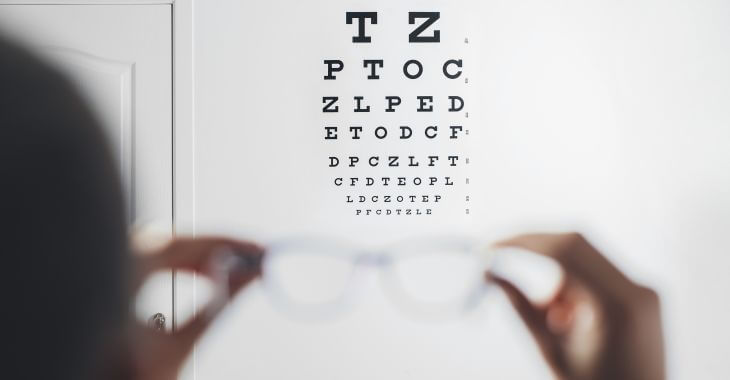Precordial Catch Syndrome – What Are the Causes and Symptoms?

Pain in the chest area can be concerning, especially since important organs like the lungs and heart reside in the chest. Chest pains can be signs of lung or heart problems, but that is not always the case. One cause of chest pain is called precordial catch syndrome, a disorder that primarily affects children, adolescents and teens. Here is what you need to know about precordial catch syndrome, including the causes, symptoms and treatments.
Precordial refers to “in front of the heart,” which is where this pain condition usually occurs. The lower left side of the chest is common, but it can be experienced on both sides and along the ribs. Precordial catch syndrome was first discovered in 1955, described as a sudden, onset chest pain in children and adolescents by doctors Miller and Texidor. The condition was nicknamed Texidor’s twitch or twinge, and is a benign pain disorder that is not related to any serious health problems.
What Are the Symptoms of Precordial Catch Syndrome?
Precordial catch syndrome, also called “Texidor’s twitch,” is a chest pain disorder that can cause brief chest pains. The symptoms are primarily pain in the chest, often on the left side near the heart. Most people affected with this pain issue are adolescents, teens and young adults, but children and adults can experience this type of chest pain. The symptoms include:
- Chest pain in small, localized area
- Pain can be a sharp, stabbing sensation
- Pain may be worse when intaking a breath
- Symptoms may occur when bending forward or slouching
- Bouts of pain usually do not last more than three minutes
The pain from precordial catch syndrome is not related to eating and should not be confused with digestive pain or heartburn. It is also not related to tenderness in the chest area. Those with this condition may have a singular incidence or it may occur multiple times a day. The intensity of the pain can vary from a dull ache to extreme shots of pain that can be momentarily disorientating. Those with precordial catch syndrome, or PCS, usually do not have any lingering pain or symptoms after the episode subsides.
Causes of Precordial Catch Syndrome
The exact cause of precordial catch syndrome is not known, but there are a few risks factors that may contribute to this condition. It is believed the pain is caused by irritation or pressure on the nerves in the chest lining. This could be caused by growing and changes in the body in adolescents and teens. Slouching or bad posture can also be a factor, as can an injury to the chest. Most of the possible causes of precordial catch syndrome cannot be avoided, such as growth spurts or accidental injuries.
Diagnosis and Treatment for Texidor’s Twitch
Chest pains should also be reported to a doctor to rule out lung, heart or digestive disorders. While there is not a test or imaging option to detect Texidor’s twitch, a doctor can rule out other possible causes of intermittent chest pain. The lungs and heart can be checked for any abnormalities; it is likely that the doctor will also check for tenderness in the chest, which is not associated with precordial catch syndrome.
If Texidor’s twitch is diagnosed, it can be a relief, as there are no known complications from this disorder. The condition usually goes away on its own – most people outgrow the syndrome in their late teens or twenties. To control the pain from episodes, over-the-counter anti-inflammatory pain medications can be used. Children with poor posture may benefit from reducing slouching and sitting upright to avoid triggering episodes.

Should I Be Concerned If My Child Has Texidor’s Twinge?
Texidor’s twinge is considered a common, yet underreported, condition in children over six years of age. There is no known link to precordial catch syndrome and any serious chest conditions. If your child or teen is diagnosed with Texidor’s twinge by their doctor, they can offer suggestions for reducing episodes and pain until the disorder resolves on its own. Most teens with precordial catch syndrome have their symptoms dissipate and completely go away in adulthood.
If your child continues having chest pains and has new accompanying symptoms, you should return with your child to the doctor for further examination. Symptoms like chest tenderness, shortness of breath, migraines (or severe headaches), dizziness or nausea with chest pain can be indications of a more serious condition.
The good news is that precordial catch syndrome is not a serious condition and it will likely go away with time. If your child has complained about pain in their chest that is short-lived, you should contact his or her doctor for a medical diagnosis. A quick examination can determine whether they have Texidor’s twitch or another condition.
The information provided on this website, including text, graphics, images, and other materials, is intended solely for informational purposes and should not be used as a substitute for professional medical advice, diagnosis, or treatment.

)